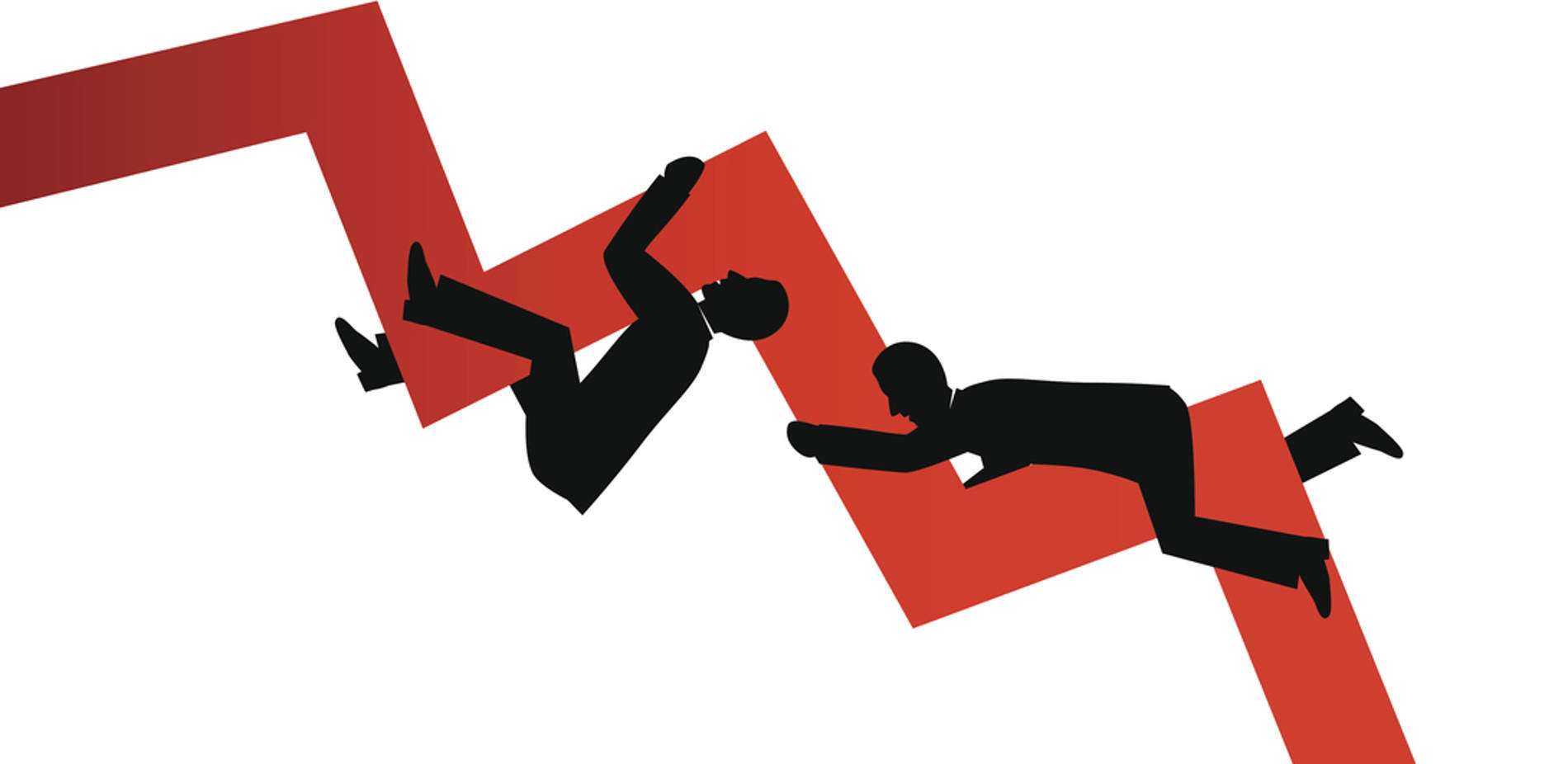It has been said time and again that Iran's economy has been struggling with recession for the past few years.
Technically speaking, when growth is negative for two consecutive three-month periods, the economy enters recession. This, in turn, means goods and services are manufactured and supplied but that consumers can't afford them.
A quick review of the performance of the previous government and that of the incumbent administration sheds light on how and when Iran's economy began to fall ill.
Recession first reduces business transactions and then impacts national production, leading to higher unemployment and bank debts, which incapacitate the economic cycle.
The continuation of recession is a recipe for national chaos. Experts believe this is what has put the Iranian public under pressure for the past couple of years.
When recession hits, producers are not able to sell their products so they have no choice but to lay off their staff and eventually shut down their business, which in turn increases the unemployment rate.
When both the employer and employee are out of work, they fail to pay back their debts and loans, which can maim the banking system.
> How It All Began
The subsidy reform policy was employed by the previous administration in 2008. Although deemed pragmatic, the reforms were not executed and managed properly, which resulted in severe consequences for the economy.
Nevertheless, the steady rise in global oil prices since 2009, reaching the $110 territory in 2011, brought tremendous amounts of revenue for Iran and concealed the early stages of recession.
Early symptoms of recession were already showing, however, like sharp increase in the number of bounced checks and decrease in gross national product.
Countries often face recession in times of crises like war, disease or social unrest but, oddly enough, Iran faced it while the government was receiving the highest amount of oil incomes in history–around $80 billion a year.
The result was the worst-case scenario: stagflation; i.e. an economic situation in which there is soaring inflation while businesses are down.
Here, three simultaneous contributing factors were at work, namely sanctions, mismanagement and subsidy reforms, with the latter as the underlying one.
> Rouhani Government's Performance
The new administration led by President Hassan Rouhani took office while the sanctions were in place and economic growth was minus 5.8%. This is while the fourth and fifth five-year economic development plans envisioned a yearly GDP growth rate of 8%.
In a healthy economy, when there is no demand for goods and services, prices fall, but in a stagflationary environment, prices increase illogically. Here, due to lack of resources, the government had to choose between curbing the inflation and moving the economy out of recession.
To remedy the situation for the lower- and middle-class, the government chose to tackle the inflation first. Therefore, the central bank cut down on printing money by 18.5% in the first year.
To manage the impact of lower gross national product, the government couldn’t lower imports at first but instead of wasting resources on luxury and consumer goods, it shifted the focus on capital goods and machineries.
These initial steps brought stability to the markets to some extent. Still, prices are moving up and the public are under pressure, as there is no instant healing.
So, though there's still work to be done until the economy is fully back on track, it is not to be forgotten that, as economist Mousa Ghaninejad once said, Rouhani inherited "an economy in ruins".



